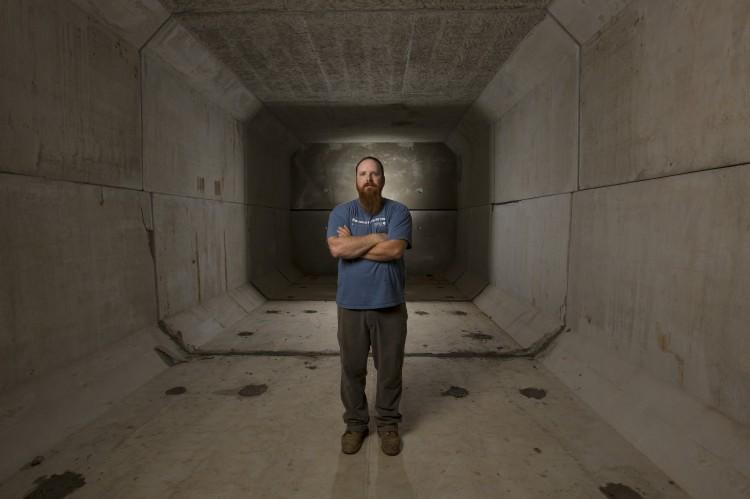The environmental organization Nature Conservancy has developed an artificial cave with which they hope to get control of a deadly infection in bats that could lead the animal to extinction in a few short years.
White-nose syndrome (WNS), which sprang up about six years ago, primarily affects bats that live in the Northeast and Midwest, and many organizations have been looking for treatment and alternative measures to protect the bats.
The infection is actually a cave-dwelling fungus that infects the bats while they hibernate in Northeast caves. The fungus grows over the faces of the bats and can cause the bats to freeze or starve to death. The disease takes a couple of winters to develop, and then it can ravage an entire bat population.
“WNS is caused by a fungus, Geomyces destructans,” said Alex Wyss, Tennessee Conservation program director for the Nature Conservancy. “The fungus invades bats when their immune system is suppressed during hibernation. As the fungus spreads, the bats burn fat reserves, eventually waking up during hibernation, becoming active, sometimes flying outside in the height of winter.”
Bats provide a pivotal role in agricultural pest control. The bats could be facing regional extinction among various species if WNS is left untreated. Vaccines take time to develop and a more immediate solution is needed.
“When WNS was reported in Tennessee in 2010, we put a lot of thought into developing strategies to protect bats,” said Wyss. “We thought that the endangered Gray Bat would be most vulnerable because 95 percent of the population hibernates in nine caves—three in Tennessee.”






